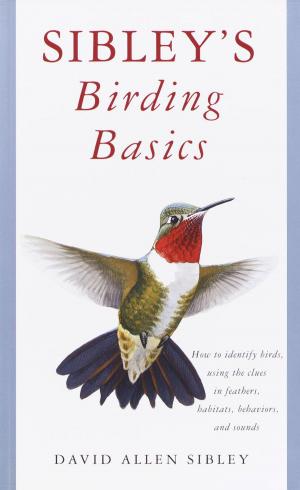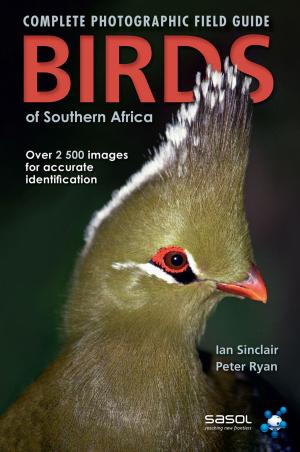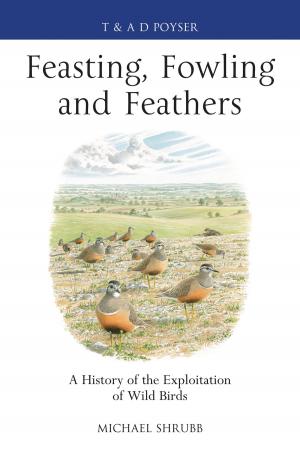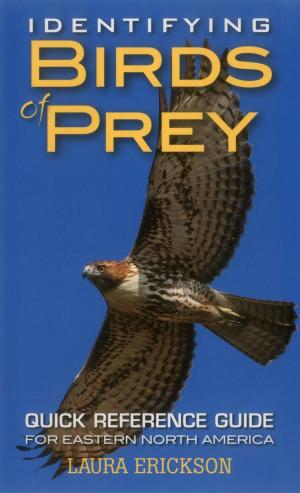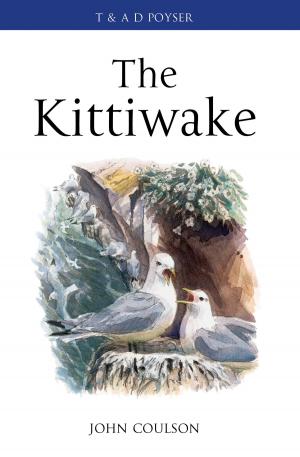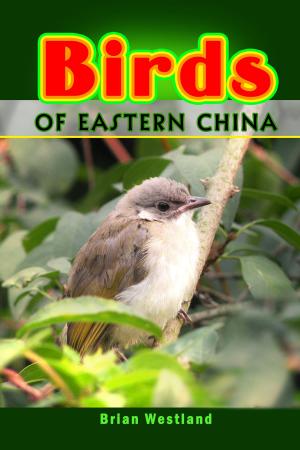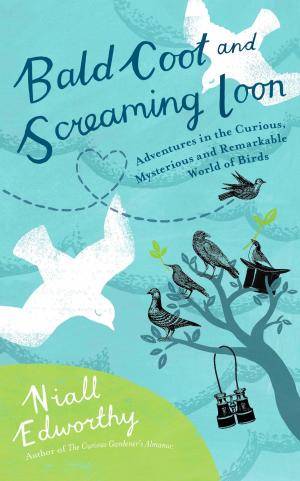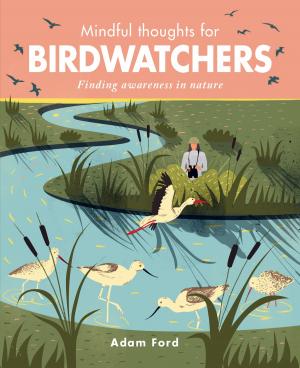Birds and Nature Vol. 9 No. 2 [February 1901]
Nonfiction, Science & Nature, Nature, Plant Life, Trees, Plants, Animals, Birds & Birdwatching| Author: | Various, William Kerr Higley | ISBN: | 1230000293768 |
| Publisher: | CHICAGO A. W. MUMFORD, Publisher | Publication: | January 28, 2015 |
| Imprint: | Language: | English |
| Author: | Various, William Kerr Higley |
| ISBN: | 1230000293768 |
| Publisher: | CHICAGO A. W. MUMFORD, Publisher |
| Publication: | January 28, 2015 |
| Imprint: | |
| Language: | English |
Example in this ebook
THE HAWKS.
Among the birds that are most useful to man may be classed the Hawks. They, with the vultures, the eagles and the owls, belong to the bird order Raptores, or birds of prey. Unlike the vultures the Hawks feed upon living prey while the former seek the dead or dying animal. The vultures are often called “Nature’s Scavengers,” and in many localities they have been so carefully protected that they will frequent the streets of towns, seeking food in the gutters.
The family Falconidae, which includes the Hawks, the falcons, the vultures, the kites, and the eagles—all diurnal birds of prey—numbers about three hundred and fifty species, of which between forty and fifty are found in North America. The remainder are distributed throughout the world.
The flight of the Hawks is more than beautiful, it is majestic. Even when perched high in the air on the top of a dead monarch of the forest, there is a silent dignity in their pose. It is from these perches that some of the species watch the surrounding country for their prey, swooping down upon it when observed and seizing it in their long, sharp and curved claws. Their food is almost invariably captured while on the wing. The bill, which is short, hooked and with sinuate cutting edges, is used for tearing the flesh of its victim into shreds.
Among our more common hawks there are but five or six that may truthfully be classed among the birds that are injurious to the interests of man. Among these, the Cooper’s hawk and the sharp-shinned hawk deserve the most attention, as they feed almost entirely upon other birds and poultry. To these two the name chicken hawk may be aptly applied. The domestic pigeon is a dainty morsel for these ravagers of the barnyard. On the other hand, by far the larger number of the Hawks are of great value to man. They are gluttonous whenever the food supply is unlimited, and, as their powers of digestion are wonderfully developed, it takes but a short time for the food to be absorbed and they are then ready for more. With their keen eyesight they readily detect the rodents and other small mammals that are so destructive to crops and with a remarkable swiftness of flight they pounce upon them. Dr. Fisher says, “Of the rapacious birds with which our country is so well furnished, there are but few which deserve to be put on the black list and pursued without mercy. The greater number either pass their whole lives in the constant performance of acts of direct benefit to man or else more than make good the harm they do in the destruction of insectivorous birds and poultry by destroying a much greater number of mammals well known to be hostile to the farmer.”
Dr. Fisher obtained the following results from the examination of the stomachs of two thousand, two hundred and twelve birds of prey. This number does not include any of those that feed extensively upon game and poultry. In three and one-half per centum the remains of poultry or game birds were found; eleven per centum contained remains of other birds; forty-two and one-half per centum contained the remains of mice; in fourteen per centum other mammals were found and twenty-seven per centum contained insect remains. This summary includes not only the Hawks but also the owls, eagles and related birds. It is evident from these results that man has a friend in these birds that is of inestimable value to him.
To be continue in this ebook
Example in this ebook
THE HAWKS.
Among the birds that are most useful to man may be classed the Hawks. They, with the vultures, the eagles and the owls, belong to the bird order Raptores, or birds of prey. Unlike the vultures the Hawks feed upon living prey while the former seek the dead or dying animal. The vultures are often called “Nature’s Scavengers,” and in many localities they have been so carefully protected that they will frequent the streets of towns, seeking food in the gutters.
The family Falconidae, which includes the Hawks, the falcons, the vultures, the kites, and the eagles—all diurnal birds of prey—numbers about three hundred and fifty species, of which between forty and fifty are found in North America. The remainder are distributed throughout the world.
The flight of the Hawks is more than beautiful, it is majestic. Even when perched high in the air on the top of a dead monarch of the forest, there is a silent dignity in their pose. It is from these perches that some of the species watch the surrounding country for their prey, swooping down upon it when observed and seizing it in their long, sharp and curved claws. Their food is almost invariably captured while on the wing. The bill, which is short, hooked and with sinuate cutting edges, is used for tearing the flesh of its victim into shreds.
Among our more common hawks there are but five or six that may truthfully be classed among the birds that are injurious to the interests of man. Among these, the Cooper’s hawk and the sharp-shinned hawk deserve the most attention, as they feed almost entirely upon other birds and poultry. To these two the name chicken hawk may be aptly applied. The domestic pigeon is a dainty morsel for these ravagers of the barnyard. On the other hand, by far the larger number of the Hawks are of great value to man. They are gluttonous whenever the food supply is unlimited, and, as their powers of digestion are wonderfully developed, it takes but a short time for the food to be absorbed and they are then ready for more. With their keen eyesight they readily detect the rodents and other small mammals that are so destructive to crops and with a remarkable swiftness of flight they pounce upon them. Dr. Fisher says, “Of the rapacious birds with which our country is so well furnished, there are but few which deserve to be put on the black list and pursued without mercy. The greater number either pass their whole lives in the constant performance of acts of direct benefit to man or else more than make good the harm they do in the destruction of insectivorous birds and poultry by destroying a much greater number of mammals well known to be hostile to the farmer.”
Dr. Fisher obtained the following results from the examination of the stomachs of two thousand, two hundred and twelve birds of prey. This number does not include any of those that feed extensively upon game and poultry. In three and one-half per centum the remains of poultry or game birds were found; eleven per centum contained remains of other birds; forty-two and one-half per centum contained the remains of mice; in fourteen per centum other mammals were found and twenty-seven per centum contained insect remains. This summary includes not only the Hawks but also the owls, eagles and related birds. It is evident from these results that man has a friend in these birds that is of inestimable value to him.
To be continue in this ebook
![Cover of the book Birds and Nature Vol. 9 No. 2 [February 1901] by Various, William Kerr Higley, CHICAGO A. W. MUMFORD, Publisher](https://www.kuoky.com/images/2015/january/500x500/1230000293768-P1ts_500x.jpg)

